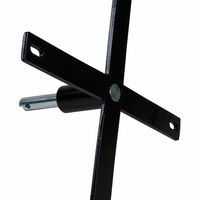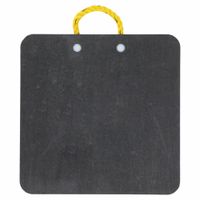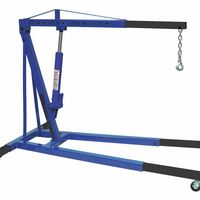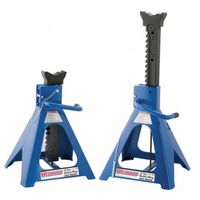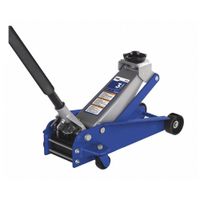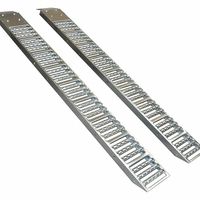Outrigger pads and cribbing blocks are essential tools in stabilizing heavy equipment, such as cranes and aerial lifts, during operation. Their benefits include:
1. **Enhanced Stability**: Outrigger pads distribute the weight of the equipment over a larger surface area, reducing ground pressure and preventing the equipment from sinking into soft or uneven terrain. This ensures a stable base, minimizing the risk of tipping.
2. **Safety Improvement**: By providing a stable platform, these tools significantly reduce the likelihood of accidents caused by equipment instability. This is crucial in maintaining a safe working environment for operators and nearby workers.
3. **Versatility**: Both outrigger pads and cribbing blocks can be used on various ground conditions, including mud, sand, gravel, and asphalt. This adaptability makes them suitable for diverse job sites.
4. **Load Distribution**: Cribbing blocks help in evenly distributing the load, especially when stacking is required to achieve the desired height. This prevents point loading and potential damage to the ground or equipment.
5. **Durability and Longevity**: Made from high-density polyethylene or other robust materials, these tools are resistant to weather, chemicals, and wear, ensuring long-term use and reducing replacement costs.
6. **Portability and Ease of Use**: Lightweight and easy to handle, outrigger pads and cribbing blocks can be quickly deployed and repositioned, saving time and labor on site.
7. **Cost-Effectiveness**: By preventing equipment damage and reducing the risk of accidents, these tools can lead to significant cost savings in terms of repairs, insurance, and downtime.
8. **Compliance with Regulations**: Using these tools helps in adhering to safety regulations and standards, which is essential for legal compliance and avoiding potential fines.
Overall, outrigger pads and cribbing blocks are vital for ensuring operational safety, efficiency, and cost-effectiveness in heavy equipment operations.
